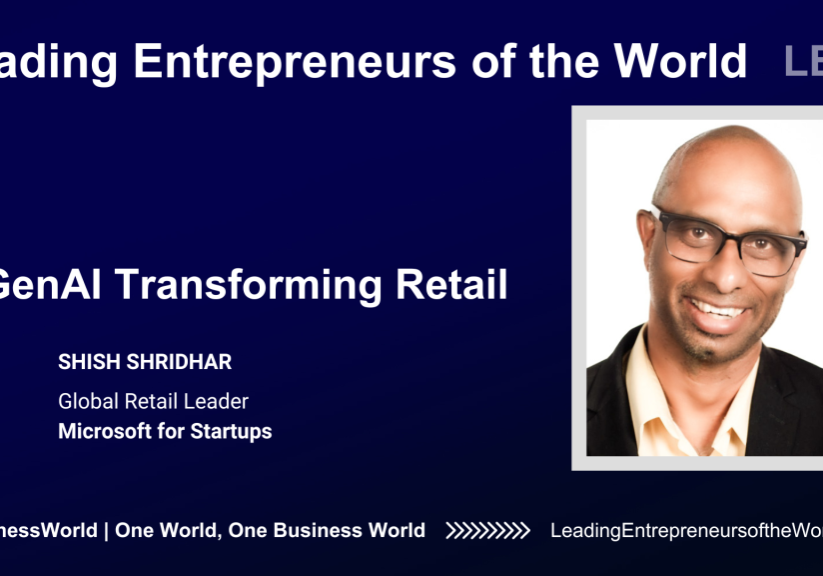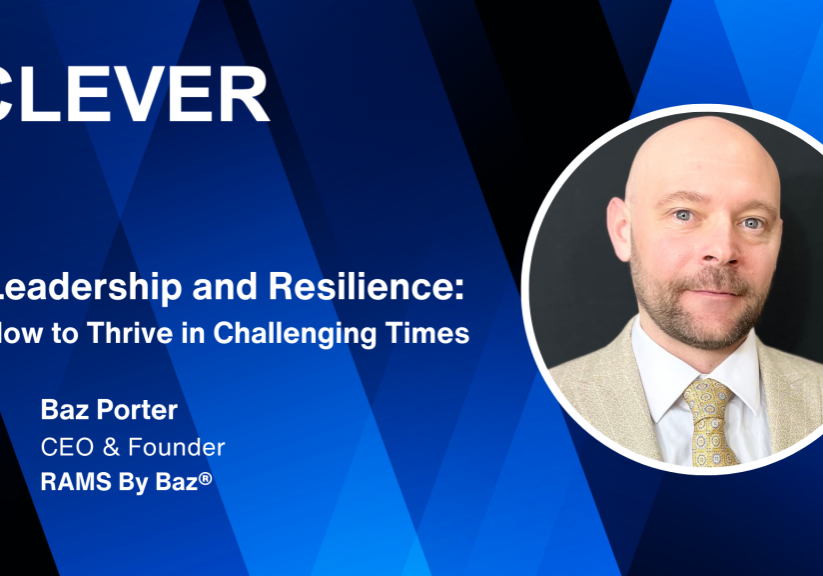
Amit Anand
Contributor
Amit Anand is a founding partner of Jungle Ventures and an early pioneer and leader in the development of Southeast Asia’s venture capital industry.
More posts by this contributor
Startups are evolving to manage growth alongside profitability
Predicting the next wave of Southeast Asia tech giants
Conceptually, social commerce isn’t new — it has existed in some form ever since people have made recommendations to each other. Today social networks are more powerful than ever, and startups and corporations are innovating new commerce models that leverage the greater reach available to us.
It’s important to understand the blurry, yet persistent difference between social commerce and conventional e-commerce. Where e-commerce aims for a direct, digital translation of brick-and-mortar browsing, social commerce refocuses the entire customer journey to center on people.
Social commerce doesn’t silo our retail experiences from the rest of our lives; rather it leverages the power of community and connection to create opportunities in everyday life through social networks.
Globally, social commerce is on the path to becoming a $1.2 trillion industry by 2025, with the biggest gains being made in Brazil and India. The $2 billion to $3 billion social commerce market in India today is estimated to hit $70 billion in value by 2030, empowering around 40 million small entrepreneurs.
However, the true growth story of socia …












